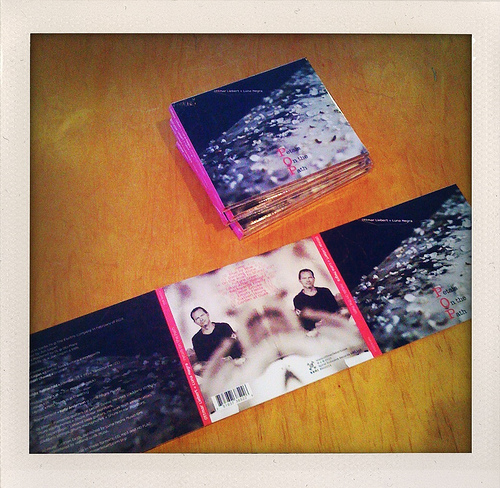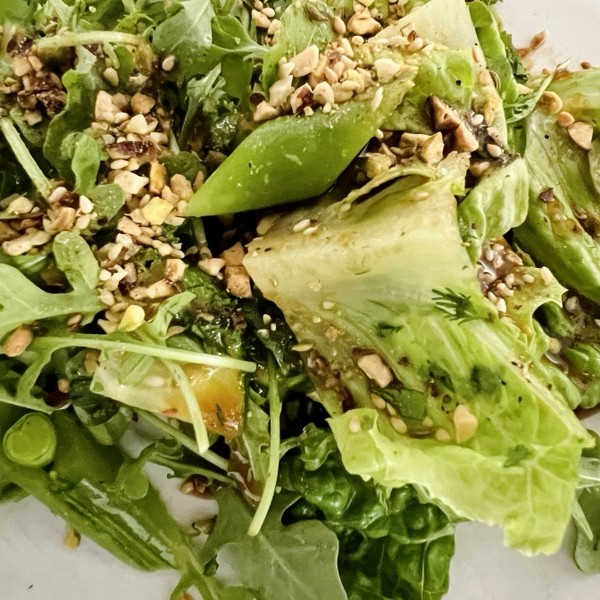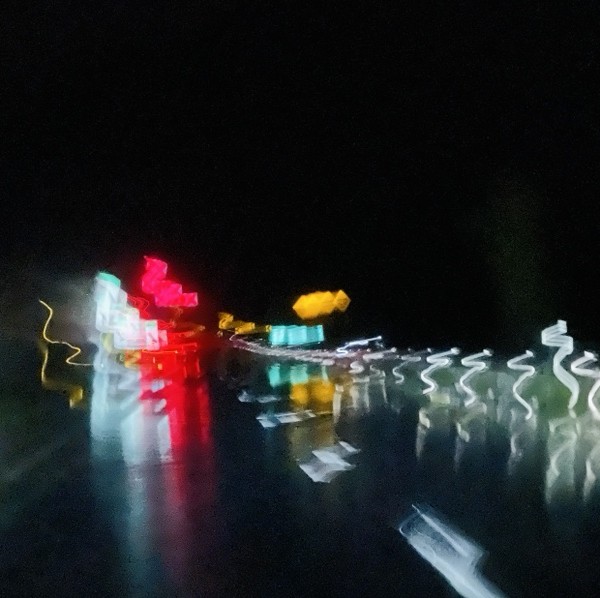02020-10-18 | Uncategorized
In the fall of 1986 I visited my parents. During that short stay I bought a student model classical guitar in a shop in Köln. I think it cost me around $300-500. During the first recording sessions for what became NF, in January and February of 1989, this was the guitar I used. The first phase of recording for NF included these pieces: Barcelona Nights, Heart Still/Beating, Waiting 4 Stars to Fall, Road 2 Her/Home, and several more. I have never actually sat down to listen to the difference between, say, the guitar sound of 2 the Night and Barcelona Nights, which were played on two different guitars.
In late Spring of 1989 I bought a guitar from Lorenzo Pimentel, in Albuquerque, that was used during the second phase of recording sessions for NF, in May and June of 1989, as well as to record Poets + Angels and Borrasca.
Sometime in 1991 I bought a guitar from Eric Sahlin that was first used on Solo Para Ti. That guitar, a Blanca Flamenco model, shown on the cover of Solo Para Ti, was with me for a long time and can be heard on every album released between 1992 and 2002.
In 2003 I started using a guitar made by Lester DeVoe and I have played his guitars ever since. I played a Negra model 2003-2014 and since then I have been in love with a Blanca model that was built in 2005 and that I still play today and which can be heard on Fete and vision 2020.
Blanca Flamenco guitars generally have cedar tops and cypress sides and back. Negra Flamenco guitars utilize rosewood sides and back instead of the cypress.
- 1986-1989: Nameless Spanish Classical Guitar
- 1989-1992: Loranzo Pimentel Negra Flamenco Guitar
- 1992-2002: Eric Sahlin Blanca Flamenco Guitar
- 2002-2014: Lester DeVoe Negra Flamenco Guitar
- 2015-Present: Lester DeVoe Blanca Flamenco Guitar
While those were the main guitars I also used a Midi-Flamenco Guitar by Keith Vizcarra, first played on the song “Lush”, on The Hours Between Night + Day, and a Negra Flamenco by Keith Vizcarra, used on Leaning Into the Night and several other albums.
What can be learned here is that the value of a guitar does not determine a successful album. NF clearly sold more copies than any album I have recorded and yet it was recorded on a very inexpensive guitar in a tiny studio with a 1/2″ 16 track analog recorder – when industry standard at the time were 1″ 24 track machines. Sometimes the idea is more important than the material used to convey the idea.
I have often used surfing analogies, despite never having surfed in my life. For example:
In order to catch a wave you have to be in the ocean with your surfboard. In other words, you have to create in order to, perhaps, catch a cultural wave of recognition.
Even if you are out there, waiting for a wave, it doesn’t mean that a suitable wave comes along. You can produce work after work, but it may not gain traction with an audience.
Sometimes you are in the ocean AND a suitable wave comes along AND you manage to surf it as far as it can carry you… and then you have to make a second and third album! As my friend Al Masocco, my product manager at Epic Records in the Nineties, liked to point out you have a lifetime to create your first album and about a year or two to create the second one.
02012-03-13 | Music, Ottmar, Recording
I will add another track from DUNE to this SoundCloud set every Tuesday, until the album is released on April 24th. Simply return to this post every Tuesday to hear another song.
Right after we came home from last year’s Summer tour I started working on a new album. I had a photo and a title – the album cover was photographed by Mike Lane in the dunes near Mendocino, California – and a few new songs we had been playing live for several months. So I started writing more music and imagining sounds.
I decided that I disliked the sound of the Line 6 Pod Pro I had been using for a number of years. To my ears it simply does not sound like a “real” guitar amp.
So I borrowed a few amps to try, and ended up buying another Mesa Boogie – I bought my first one upon arrival in the USA in 1979, used it on “The Hours Between Night + Day” and “Opium”, and sold it in 2002, thinking that the digital way would more convenient and perhaps better. My new Boogie is quite small, has a 5W class A tube design and sounds amazing. Unfortunately the model I bought, the Express 5:25™ 1×10 Combo, was discontinued this year in favor of the bigger 12″ speaker.
I recorded all of the electric guitar parts without a pick and without any kind of effect, mainly using my thumb, and sometimes my fingers.
I also decided that I wanted to play guitar melodies that sounded “sung”. For some reason I kept thinking about old jazz and pop crooners. So I sang almost every melody first and then figured out how to play it on guitar. Perhaps this album is about guitar anti-shredding…
The album seems to continuo the idea from “Opium” of contrasting traditional and electric instruments:
percussion : drum machine
accordion : synthesizer
flamenco guitar : electric guitar (my old Vizcarra Strat)
upright bass : bass guitar
We ended up using very very little synth on this album… there are some strings on “Dancing Alone”, but most everything else is processed guitar. On “Horse”, for example, Jon played a guitar chord of mine through a speaker into his piano, with a brick depressing the sustain pedal, miking the piano strings. And there is some classic Fender Rhodes on “Bridge” and in one or two other places.
Regarding the drum machine… I was feeling nostalgic for the old Roland 808, one of the first machines I used in 1984. But since I did not want to pay the going rate of $2,500 for a used 808, and since they are a pain anyway because one has to dial in the tempo with a knob and guess at the tempo, I found a company in the UK that sells 24/88.2 high def samples from an 808 and bought a really nice German app called Geist to program the beats on my laptop. The whole thing ended up costing about $300 and works better than a real 808 would, in my opinion.
01 Falling In
All of the sounds were created from one electric guitar chord and a few Flamenco guitar sounds. Treatment and sound design by Andrew Gaskins. This track is “Falling In”, the beginning of a dream.
02 Shadow
A rumba with a little twist: it switches between a 4/4 rumba section (99BPM) and a 6/8 section (66BPM) that are related because the dotted eighth note of the 4/4 section becomes the quarter note in the 6/8 section. I was doing this naturally, but wanted to know what the hell I was doing – so Jon figured it out. I think it something that is done quite often in African music. Lovely accordion playing by Char Rothschild.
03 Horse
I found the Arabic scale on the Internet and immediately starting playing with it. I might have found it here. I added a couple of 5/4 bars in the chorus. Fun to play live. Great accordion playing, again! The cajon is also excellent and there is a beautiful bass solo at the end.
04/05 Bridge, Part 1 & 2
We have been playing this Tangos (Part 2 is a rumba) live for a year and a half. I love the bass w octave divider in the verses and the break with electric guitar and Fender Rhodes.
06 Sand
This one switches between rumba and tangos rhythms and different tempos that are nevertheless mathematically related. Jon suggested the upright bass which is perfect for the song. A little electric guitar during the outro…
07/08 Dancing Alone
I liked the song on “Petals On the Path”, but had a different vision for it. So we recorded it again and I love the way it turned out. We kept switching between two tempos on this one also. Great accordion playing, again! The ending of the Prelude is also a Flamenco guitar treatment by Andrew Gaskins.
09 Smoke
I love the interplay between guitar and accordion. During the third verse Jon plays three bass guitars and a clavinet!
10 On the Road to Shiraz
Killer bass line!! That bass break after the second verse consists of three basses, the main line, plus a low note to the right and some strumming on the left. At the very end you can hear me “play” a shortwave radio using the fine-tune knob.
11 Five Clouds, Lenticular
As the title suggests this one is in 5/4. The cajon beat is some kind of Eastern European 5/4 riff. Very pretty chorus melody.
12 Night Exhales
Pretty straightforward rumba with a funky ending!
13 Horse Return
A funky section from track 03 with added dry guitar parts and drum boxing.
14 Moon Fragrance
The percussionist is Chris Steele, who is in the new touring band. He has a unique setup with two Cuban cajons, which don’t have snare strings like the Peruvian cajons. We hadn’t recorded a Bossa Nova in a few years and enjoyed playing this.
15 Sliding Out
This is the end of the dream. Guitar treatment and sound design by Andrew Gaskins.



